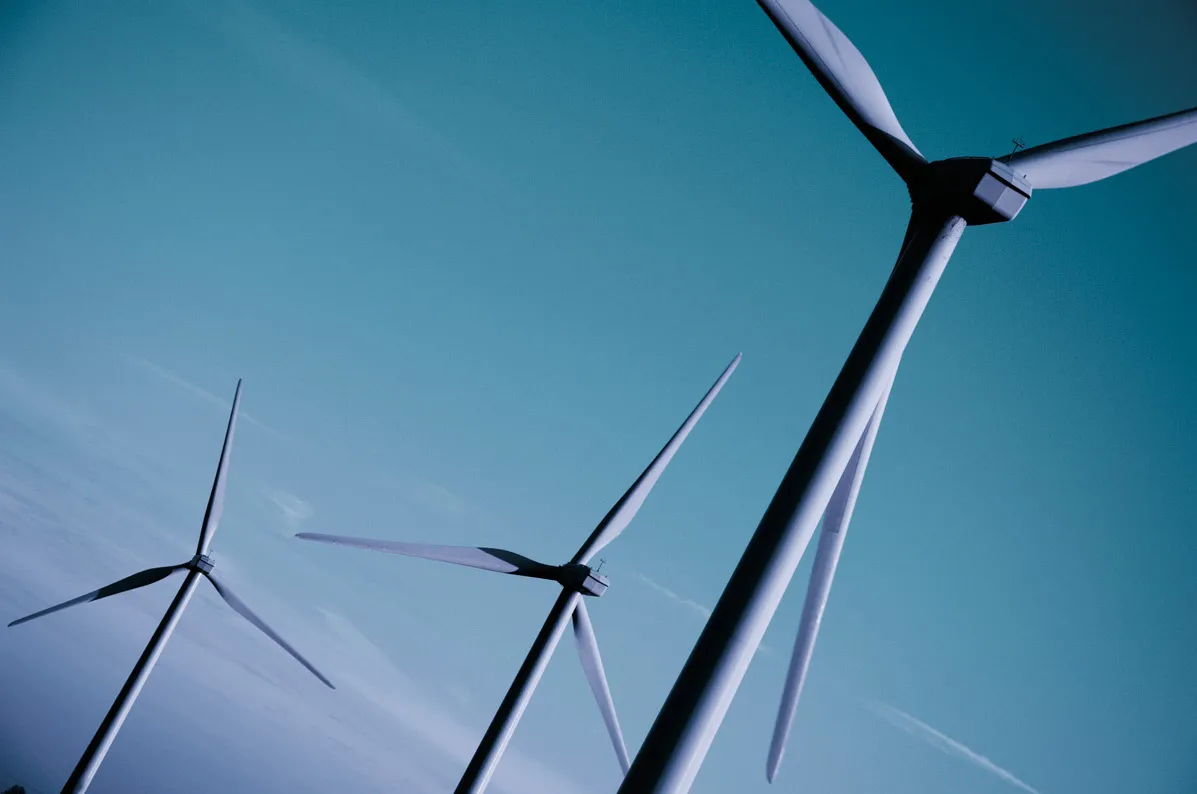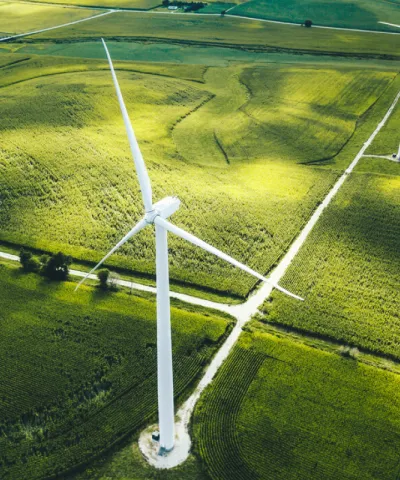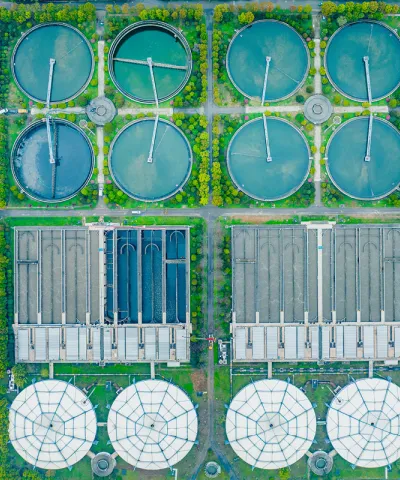Why grid access, infrastructure speed, cost volatility, and subsidy clarity now drive site strategy. In the second part of our Chemicals, Energy, & Materials (CEM) series leading to the 2025 study, we shed some light on how energy availability, subsidy clarity, and infrastructure maturity are reshaping the industrial map. You’ll also get a glimpse into what this means for profitable growth in a fractured global energy economy.
For decades, industrial site selection was driven by three constants: tax, labor, and logistics. In Germany, this formula underpinned one of the world’s most productive manufacturing clusters. Today, that logic is under pressure, and not just in Germany.
Across Europe, energy-intensive companies are rethinking where and how they invest. From chemical clusters and aluminum smelters to hydrogen developers and data centers, boardroom conversations are shifting: Do we have access to clean, affordable energy? Will we secure infrastructure or wait behind bottlenecks? Are we competitive, not just within Europe, but globally?
From input cost to strategic constraint
Energy-intensive industries (from base chemicals to steel and cement) have long treated energy as a cost input. But today, it has become a strategic constraint that shapes entire investment theses.
In 2024, average industrial electricity prices in Europe were around 19 ct/kWh, while in the U.S., they remained below 7 ct/kWh – a gap driven not just by generation costs, but also by taxes, levies, and grid fees. In Germany, these can account for more than 50% of the total energy price.
Within Europe, some companies are optimizing by relocating eastward or northward, where renewables are plentiful and grid conditions favorable. Others are taking a more radical approach, shifting investments abroad altogether.
The difference in logic is striking. In the EU’s 2024 Hydrogen Bank auction, clearing prices landed between €0.37 and €0.48/kg, well below the €1.35/kg ceiling. Projects clustered in Spain, Portugal, and the Nordics – regions where renewables are abundant, permitting is advancing and infrastructure is scaling.
Meanwhile, across the Atlantic, the U.S. IRA offers $3/kg subsidies for clean hydrogen with no strings attached to production method or geography. This clarity is driving rapid project acceleration and cross-border capital flows. Air Products, Plug Power, Linde, and other majors have responded accordingly, ramping up electrolyzer and ammonia facilities in North America.
These dynamics are not abstract. BASF, for example, has committed 23% of its investments for 2025 – 2028 in North America to expand its manufacturing footprint in the United States, citing favorable energy costs and a more predictable regulatory environment as key drivers for relocation.
Infrastructure is the new site currency
Clean electricity alone isn’t enough. What companies now demand is end-to-end infrastructure readiness: physical connection to the grid, reliable water supply, permitting velocity, and credible offtake.
This new investment logic goes beyond tariffs or incentives. Industrial players increasingly ask: Where can we secure long-term access to low-carbon energy and connect without delay? Which sites will move from ambition to execution fast enough to de-risk first-mover investment?
A case in point: ArcelorMittal has just cancelled its planned multibillion-euro hydrogen steel project in Eisenhüttenstadt, Germany, underscoring a blunt reality: subsidies alone don’t move markets when energy prices are volatile, permitting is slow, and commercial conditions remain uncertain.
In 2025, BASF also exited its 49% stake in the Nordlicht 1 and 2 offshore wind farms, selling it back to Vattenfall at a €300 million loss. Instead of direct ownership, BASF opted to secure a long-term renewable electricity supply agreement, reflecting a strategic pivot toward greater flexibility. This move highlights how committed industrial players are rebalancing their approach to clean energy sourcing and weighing infrastructure investment risk against demand alignment and capital discipline.
European companies are increasingly shifting industrial investment to the United States, particularly in chemicals, semiconductors, and battery cell production, driven by lower energy costs and strong policy incentives. Recent reports highlight a marked increase in transatlantic CAPEX flows since 2022.
In many cases, this comes down to infrastructure velocity: not just whether a region is aiming to scale, but how quickly it can deliver.
Energy resilience vs. autarky: A new strategic trade-off
Energy security has become a priority topic for decision-makers. But how it is defined and pursued varies widely.
Some players prioritize resilience: flexible sourcing, regional diversification, and access to grid redundancy. Others are pursuing autarky: co-located renewables, on-site generation, and even semi-islanded operations.
In the Nordics, grid reliability exceeds 99.99% uptime, powered largely by hydro and wind: a key reason for the region’s growing appeal to both industrial producers and data center developers.
Similarly, Google and Meta are increasingly favoring Nordic locations for their new data centers attracted not by tax breaks or labor cost, but by grid stability, transparent carbon accounting, and permitting speed.
A new logic for industrial site decisions
Across the CEM sectors, the logic behind industrial footprint decisions is shifting. Instead of asking “Where is labor cheapest?” or “Which country has the best tax rate?”, companies are now asking:
Are we located in a grid that supports electrification and hydrogen scaling or one that bottlenecks it?
Will future regulatory costs or physical constraints make today’s savings irrelevant?
Can we secure the offtake, incentives, and infrastructure to make new CAPEX viable?
For senior leaders navigating these questions, while site selection is one challenge, strategic positioning in an energy-constrained economy takes precedence.
Three site logic shifts to watch and how Simon-Kucher can help
1. Infrastructure as a differentiator
From connection capacity to offtake agreements, physical readiness is becoming a make-or-break factor. The speed of execution beats theoretical potential.
2. Energy cost vs. policy certainty
A low LCOE is attractive. But many companies now prioritize clarity on subsidies, permitting, and infrastructure planning. That’s why U.S. IRA-style frameworks are drawing capital.
3. Grid-aligned resilience
Beyond having diversified supply, being energy-secure means being in a region where long-term decarbonization goals are matched by grid capacity and policy follow-through.
At Simon-Kucher, we work with Chemicals, Energy, & Materials clients to align energy and infrastructure realities with market opportunity, thereby helping convert volatility into value and complexity into clarity. Connect with our experts today and learn how we can help you build resilient, future-ready systems.
While infrastructure, location, and energy access shape the supply side of green investment decisions, the demand side often remains the bigger question. When regulation lags and incentives alone don’t guarantee uptake, success depends on shaping demand, not just anticipating it. In the next part of our CEM series, we’ll share with you how early movers (from carbon capture startups to green materials suppliers) navigate unclear market signals, form partnerships, and build the business case for sustainable products.
Our upcoming Chemicals, Energy, & Materials Study 2025 will dive deeper into how industrial leaders are prioritizing energy access, site strategy, and infrastructure alignment, and which commercialization strategies are emerging as the most effective.
Form placeholder. This will only show within the editor



